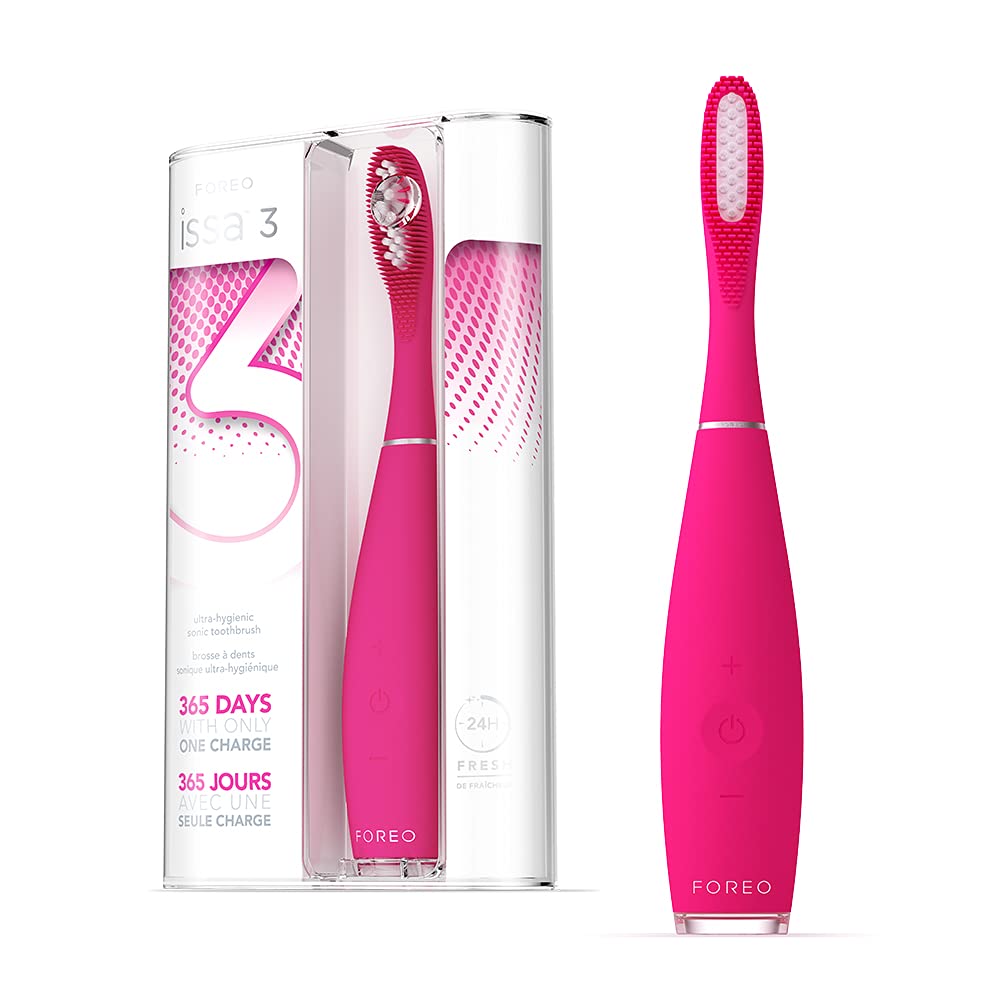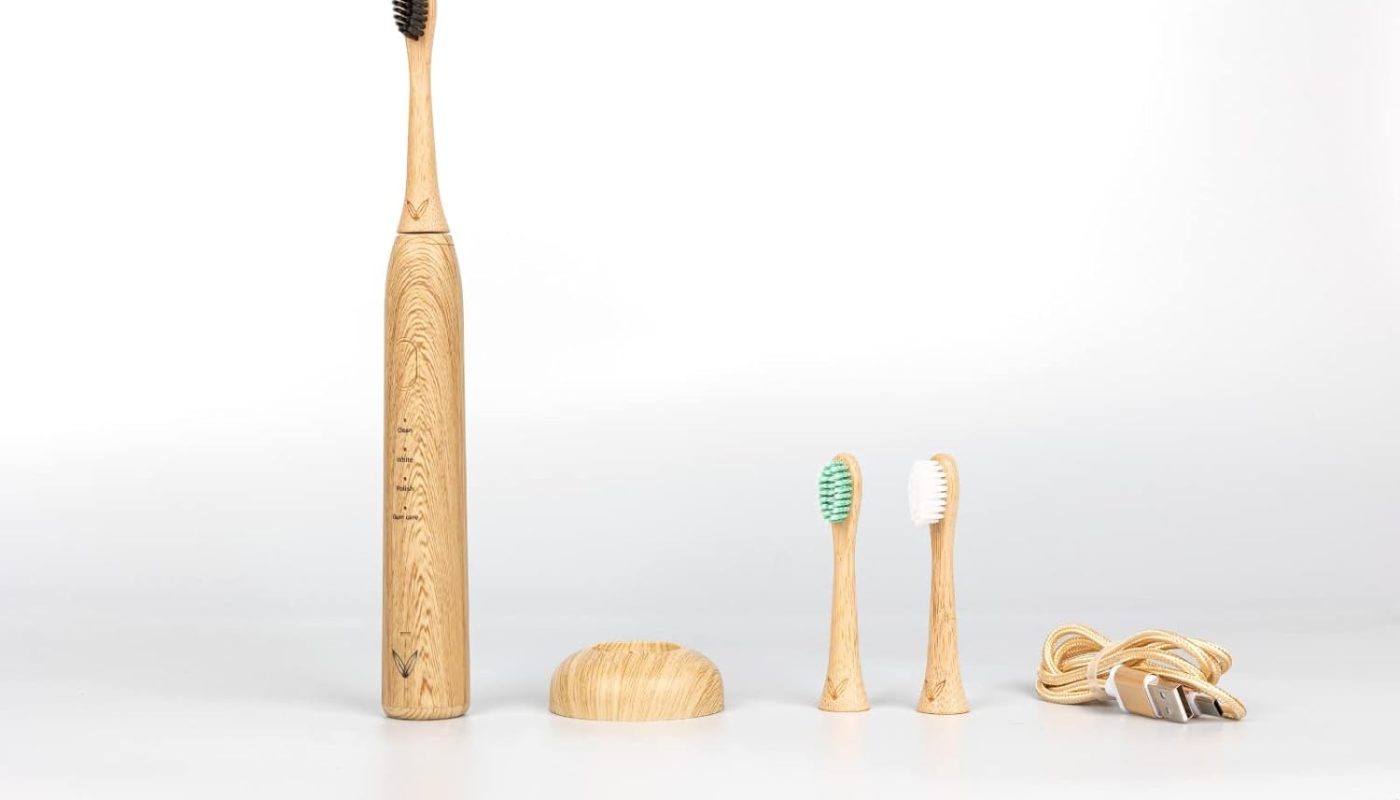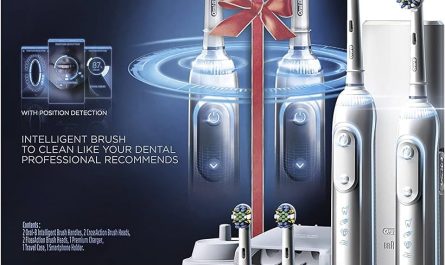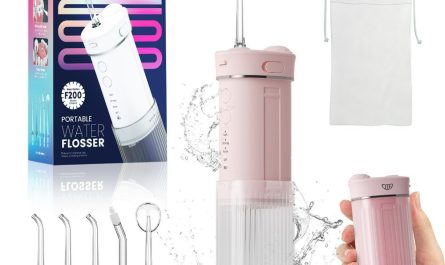Introduction
The brush head of an electric toothbrush plays a crucial role in maintaining oral hygiene. To ensure its effectiveness and longevity, proper care and maintenance are necessary. While it is not possible to sanitize the brush head completely, there are methods to clean and maintain it to prolong its lifespan. In this article, we will explore various ways to care for and clean the brush head of an electric toothbrush, including rinsing, disinfecting solutions, UV sanitizers, and regular replacement.

Can I extend the life of my electric toothbrush by sterilizing it?
Rinsing and cleaning
Regular rinsing and cleaning of the brush head are essential to remove debris, bacteria, and toothpaste residue. Consider the following methods:
After each use: After brushing, remove the brush head from the handle and rinse it thoroughly under warm water. Gently tap the brush head against the sink to remove any trapped debris or excess water.
Brush cleaning: Periodically, clean the brush head using mild dish soap or an antibacterial hand soap. Apply a small amount of soap to the bristles and gently rub them with your fingers. Rinse the brush head thoroughly under warm water to remove any soap residue.
Brush head cleaners: Some manufacturers offer specially formulated brush head cleaners that can be used to clean and sanitize the brush head. Follow the instructions provided by the manufacturer when using these cleaners. Rinse the brush head thoroughly after cleaning.
Avoid harsh chemicals: Avoid using strong chemicals, bleach, or alcohol-based solutions to clean the brush head, as they can damage the bristles or compromise the integrity of the brush head.
Disinfecting solutions
While it is not possible to completely sanitize the brush head, certain disinfecting solutions can help reduce bacteria and germs. Consider the following methods:
Mouthwash soak: After cleaning the brush head, you can soak it in a small cup of antibacterial mouthwash for a few minutes. This can help reduce bacteria and provide a fresh feeling. Rinse the brush head thoroughly under warm water after the soak.
Hydrogen peroxide solution: Create a solution by mixing equal parts of hydrogen peroxide and water. Submerge the brush head in the solution for a few minutes to help reduce bacteria. Rinse the brush head thoroughly under warm water after the soak.
Vinegar solution: Mix equal parts of white vinegar and water to create a solution. Soak the brush head in the solution for several minutes to help reduce bacteria. Rinse the brush head thoroughly under warm water after the soak.
UV sanitizers
UV sanitizers are devices designed to kill bacteria and germs using ultraviolet light. While they can be effective in reducing bacteria on the brush head, it is important to note that they do not completely sterilize it. Consider the following points:
UV sanitizer devices: Some manufacturers offer UV sanitizer devices specifically designed for electric toothbrush heads. These devices use UV light to kill bacteria and germs present on the brush head.
Follow manufacturer instructions: When using a UV sanitizer, carefully follow the manufacturer’s instructions to ensure proper usage. Place the brush head in the sanitizer according to the recommended time and use the device in a well-ventilated area.
Regular cleaning alongside UV sanitizing: UV sanitizers are an additional step to complement regular cleaning and maintenance of the brush head. While they help reduce bacteria, it is still essential to rinse and clean the brush head regularly to remove debris and toothpaste residue.
Regular replacement
Despite proper cleaning and maintenance, the brush head of an electric toothbrush should be replaced periodically to ensure optimal oral hygiene. Consider the following factors:
Manufacturer recommendations: Manufacturers typically provide guidelines on when to replace the brush head. It is generally recommended to replace the brush head every three to four months or sooner if the bristles show signs of wear or damage.
Bristle condition: Regularly inspect the bristles of the brush head for signs of wear, fraying, or splaying. If the bristles are bent, frayed, or damaged, it is an indication that the brush head needs replacement.
Reduced effectiveness: Over time, the bristles of the brush head may become less effective at removing plaque and debris. If you notice a decrease in cleaning effectiveness or if your teeth and gums do not feel as clean as before, it may be time to replace the brush head.
Hygiene concerns: Despite regular cleaning, bacteria can accumulate on the brush head over time. While it is not possible to completely sanitize the brush head, replacing it periodically helps maintain optimal hygiene and reduce the risk of potential oral health issues.
Conclusion
While it is not possible to completely sanitize the brush head of an electric toothbrush, proper care and maintenance can help prolong its lifespan and maintain oral hygiene. Regular rinsing and cleaning of the brush head with warm water and mild soap are essential to remove debris and toothpaste residue. Disinfecting solutions, such as mouthwash, hydrogen peroxide, or vinegar, can help reduce bacteria. UV sanitizers can complement regular cleaning efforts by reducing bacteria on the brush head. However, it is important to note that the brush head should be replaced periodically according to manufacturer recommendations, typically every three to four months or sooner if the bristles show signs of wear or damage. By following these practices and replacing the brush head as needed, you can ensure effective cleaning and maintain optimal oral hygiene with your electric toothbrush.




